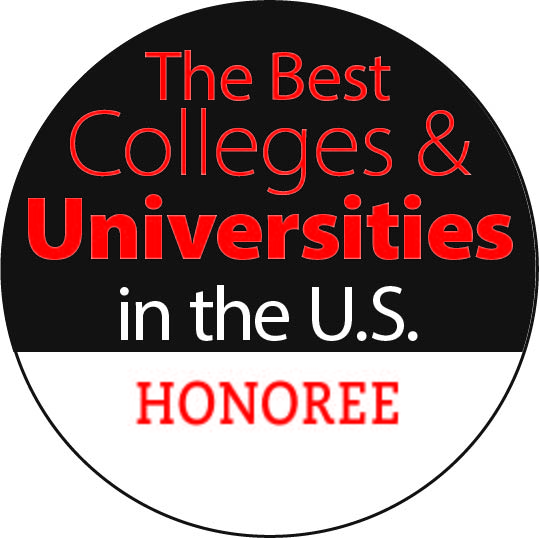Are you a postgraduate looking for a research home? Maybe you’re a keen undergraduate hoping to get on the right track for graduate school.
There are some incredible opportunities waiting for you at research universities. You just need to find the right one. Here are five of our favorite top research universities.
1. MIT
MIT is the holy grail of research universities. The funding and faculty alone set it apart from most other schools. But what’s great about MIT is that research isn’t limited to staff or graduates; the Undergraduate Research Opportunities Program provides opportunities to get involved with projects before you’ve even graduated.
Oxford is one of the world’s oldest universities and it provides both an undergraduate and postgraduate tradition steeped in history and incredible connections for research.
Oxford provides an opportunity to access not only world-class research resources but are likely to rub shoulders with the best and brightest in their fields as the home of the Rhodes Scholarship.
3. Swiss Federal Institute of Technology Zurich
The Swiss Federal Institute of Technology is the best research university on the European continent. Founded in 1854, it was designed to be a center for excellence in science and technology.
While it’s still a national center of excellence, it personifies the global focus offered by Zurich and Switzerland as a whole and is home to an impressive number of international students and researchers.
The university regularly partners with international institutions, both universities and companies, to trade both information and resources for even stronger research programs.
The University of Toronto is Canada’s premier research university with research funding that outpaces every other university in the country. It has also made a name for itself as one of the world’s best universities not only in research but overall.
Whether you’re interested in science or the arts, the University of Toronto is an excellent school for current and future researchers.
The University of Tokyo is recognized as being the best university in Japan and one of the best research universities in Asia and the world.
It’s a unique university in the sense that it is home to as many undergraduate students as postgraduates and more so when you count doctoral students. Those students benefit from Grants-in-Aid for Scientific Research as Tokyo receives 40% more in fund than the university with the second largest grants.
Are you attending one of these research institutions? Did we mention your favorite university? Let us know in the comments below.
Click here to learn more about the ranking methodology that we used to compile this list.
Congratulations! If you represent a college or university that is included in this list, please collect your seal below.


